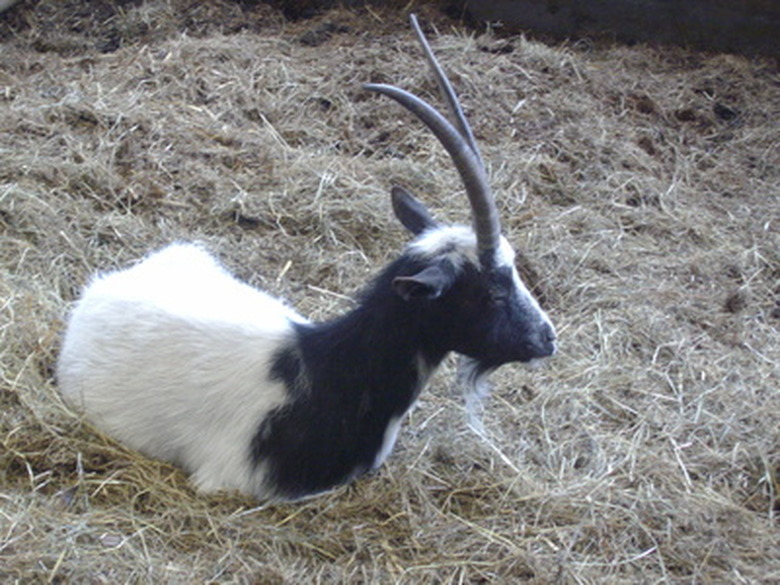How To Grow Timothy Grass Hay
Timothy hay is choice hay for farmers because it provides fiber and is high in nutrients for livestock animals. It is a cool-season grass that tolerates the winter well. Timothy hay produces roots in the fall and spring, some of which are shed in the winter months. It prefers a sandy loam-based soil that is well-drained and a full sun location.
Step 1
Choose a location with well-drained sandy loam soil with adequate sun exposure. Remove unwanted vegetation in the fall prior to spring planting. Spray the entire area with an herbicide and till the area with the rotary tiller to remove unwanted weeds and grasses. Apply a fertilizer rich in potassium and phosphorus to the area, following the label directions.
- Timothy hay is choice hay for farmers because it provides fiber and is high in nutrients for livestock animals.
- It is a cool-season grass that tolerates the winter well.
Step 2
Turn the soil with a rotary tiller in the late winter or early spring for planting. Reapply the fertilizer to the soil, working it into the dirt with the rotary tiller.
Step 3
Apply the Timothy grass seed. Fill a spreader with 8 to 12 lbs. of seed per acre. Spread the seed in paths across the area until the entire surface has been covered.
Step 4
Water the area generously until the soil is moist. Continue watering through the spring, preventing dry soil.
- Turn the soil with a rotary tiller in the late winter or early spring for planting.
Step 5
Cut the hay after the first flower, leaving a grass base of 6 inches. The first cutting of Timothy hay is the most nutrient-rich.
Grow Timothy Hay
Timothy grass was introduced into North America by early settlers and has spread far across the continent. It is a very desirable feedstock for cattle, horses, smaller livestock and pets. Timothy hay has a pleasing fragrance and good nutritional value. Disc the land to kill weeds and competing grasses the fall before planting. Timothy requires potassium and phosphorous. Test the soil and fertilize in the fall, late winter or early spring. Timothy grass is a "cool season" grass. Irrigate during spring drought. Do not graze or trample drought-stressed timothy grass–it contains the sugars in the corms that are necessary for survival and regrowth when rains return. Leave 4 to 6 inches of stubble. Drought conditions will quicken maturation.
- Cut the hay after the first flower, leaving a grass base of 6 inches.
- Disc the land to kill weeds and competing grasses the fall before planting.
Things Needed
- Herbicide
- Fertilizer
- Rotary tiller
- Spreader attachment for tractor.
